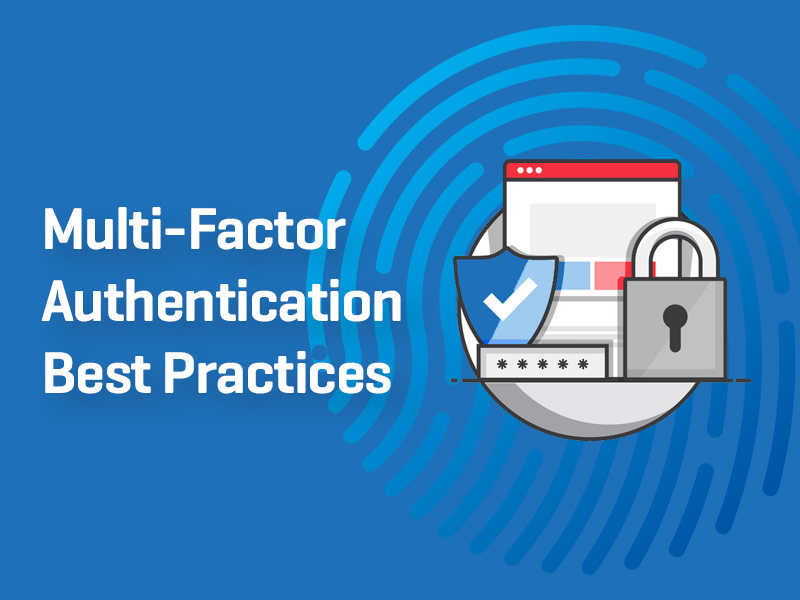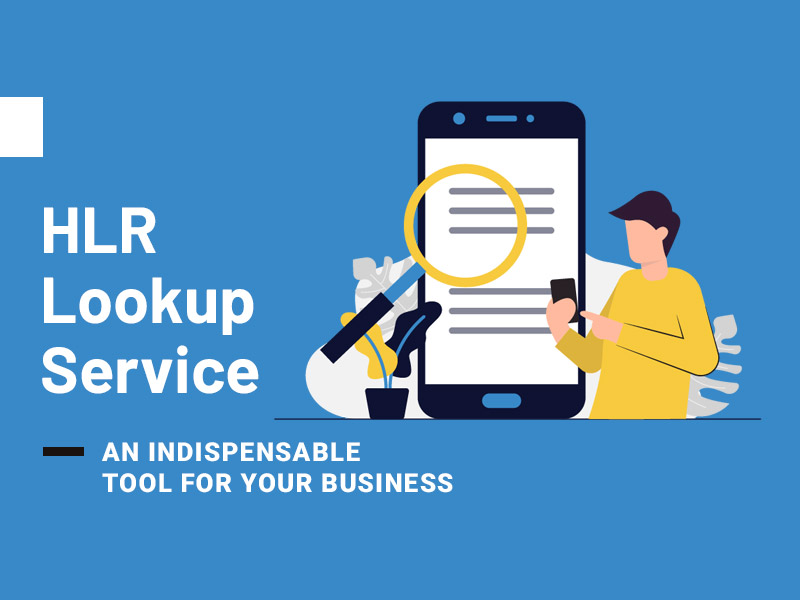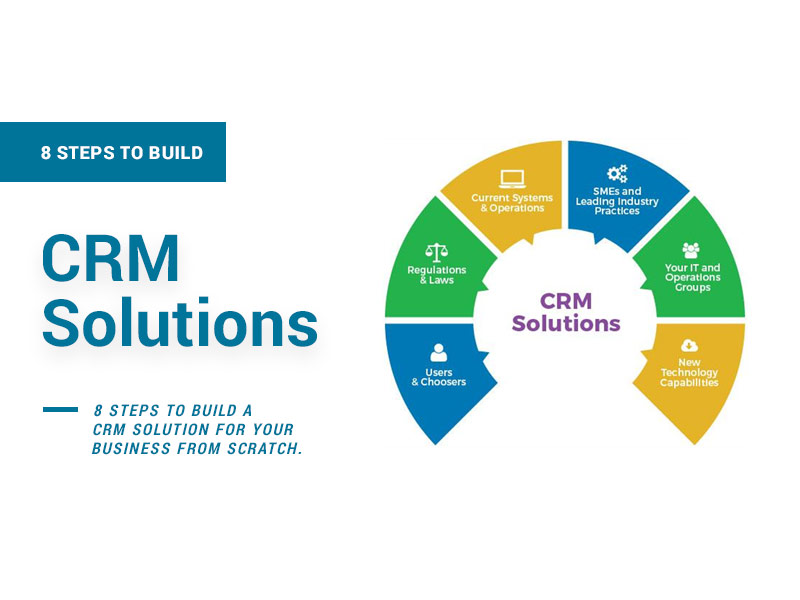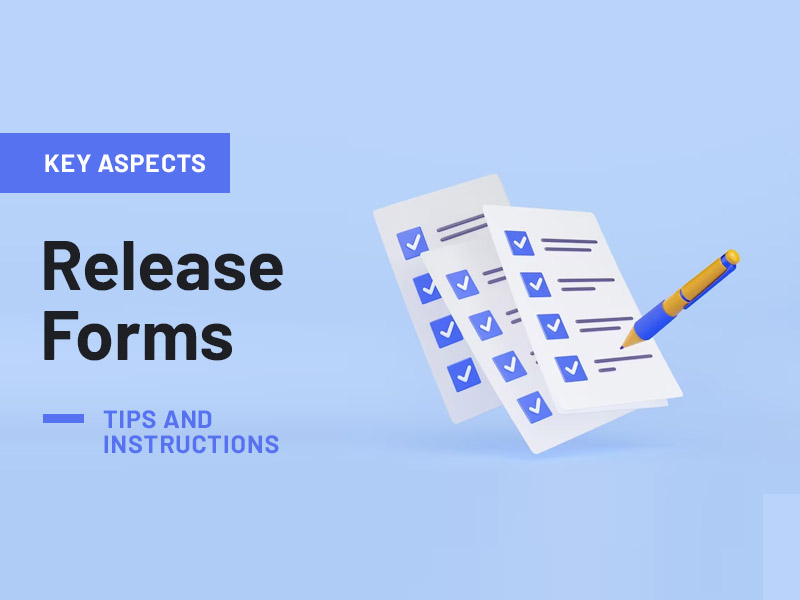Organizational data is of paramount importance to business leaders, and ensuring who has access to it is a common security practice that most leaders implement. In addition to providing access to limited users, organizational leads ensure that the login credentials are kept confidential.
However, recent statistics have shown that 80% of cyber attacks can be traced back to stolen login credentials. To prevent such a scenario from occurring, business leaders now need to understand cybersecurity practices, such as multi-factor authentication. Doing so will allow them to prohibit unauthorized access and increase their cyber security.
What is Multi-Factor Authentication?
Multi-factor authentication (MFA) is a cyber security practice used by organizations and individuals to restrict and verify access to individual resources such as accounts, applications, data servers, and more. Additionally, MFA ensures that users provide two or more verification factors that are required for gaining access to certain resources.
MFA serves as a core element of an organization’s identity and access management policy. The IAM solutions by NordLayer help organizations implement multi-factor authentication and ensure that each employee has the required level of access for optimal security.
Multi-factor authentication (MFA) can be divided into two categories:
- Application Authentication – this ensures the verification of a user before providing access to one or more applications.
- Device Authentication – this type of authentication verifies the user’s identity at or during the login process.
How Does Multi-Factor Authentication Work?
Although there are two multi-factor authentication categories, both function similarly. Multi-factor authentication (MFA) works on the basis of various authentication factors, including an individual’s username and password, fingerprint, a safety token, and location and time of access. Multi-factor authentication measures are introduced into a user account and the system that is connected to an MFA program.
Once these MFA measures are implemented, the user is asked to verify their identity by providing an OTP. An OTP is a one-time password that users receive via text messages, emails, or an authentication app. The use of OTPs and other verification metrics mentioned above helps organizations restrict unauthorized access to resources and applications.
Why Use Multi-factor Authentication?
In addition to being a core factor of cybersecurity practices, MFA has various benefits that make it a necessity for modern-day businesses. Using multi-factor authentication allows businesses to ensure improved online security by restricting unwanted access to resources and applications.
MFA is also a customizable solution that organizations can use as per their requirements. Along with improving the security of an organization’s digital assets, MFA can also help increase customer trust by reassuring them of the security of their data and reducing operational costs as well.
Types of Multi-Factor Authentication
Using MFA for cybersecurity has become a growing necessity for organizations that want to verify user access to applications and resources. The different types of multi-factor authentications include:
Email or Text Authentication
One of the most common authentication methods is a one-time password. The OTP is sent to the user via email or text and can be used as an additional verification form.
Hardware-based Authentication
It requires that users connect a hardware token to the device. Although it is the most secure method for token-based authentication, developing and distributing hardware tokens can incur expenses.
Software-based Authentication
A software-based authentication app is used to receive one-time passwords and can also use biometrics for verification. It provides the same level of reliability as hardware-based authentication but is more budget-friendly.
Risk-based Authentication
Risk-based authentication monitors the location and device of access and requires verification when a resource or application is being accessed from an untrusted device.
Best Practices for Multi-Factor Authentication in 2022
Although multi-factor authentication is not difficult to implement, planning your approach and knowing some of the best implementation practices can save time and resources.
Assessing Priorities
It’s important that organizations assess high-priority areas of the network and determine where multi-factor authentication is required.
To reduce the exposure to threats and data breaches, businesses should consider applying multi-factor authentication at all access points of a company’s network.
Securing Privileged User Accounts
In most cases, some users within an organization have privileged access to sensitive data.
When implementing MFA across your organization’s network, it’s important that all privileged accounts are secured with multi-factor authentication. Doing so can help protect sensitive data in cases of a breach or cyberattack.
Implementing IAM Solutions
In addition to securing privileged accounts, organizations can implement identity and access management solutions to ensure they can control user access to specific resources and applications.
Using Appropriate Types of Authentication
In addition to identifying priorities and securing privileged accounts, organizations need to ensure that they implement the right types of authentication.
Business leaders can opt for authentication methods that are based on software applications, email-to-text message tokens, or hardware tokens.
When finalizing an authentication method, it’s important to consider the security potential and costs.
Using Contextual Authentication
As opposed to the traditional always-on approach, businesses should focus more on the contextual implementation of authentication measures.
Using such an approach will allow the multi-factor authentication solution to track various factors such as location, time, device, and network. This will enable the authentication solution only to require verification when someone from an untrusted source tries to gain access.
Final Thoughts
Multi-factor authentication is one of the most commonly implemented cybersecurity practices and goes beyond the verification tokens that are received via email or text. In addition to token-based verification, multi-factor authentication also encompasses verification methods that use hardware tokens or software applications.
Additionally, MFA can use adaptive-risk-based authentication, allowing it to require verification only when an untrusted source tries to gain access. Implementing multi-factor authentication helps organizations restrict unauthorized access and prevent data breaches.







